We recently drove the Fiat 500 RED and besides our full review, we decided to write another story where we answer all of our readers’ questions about this cute, retro-flavored urban EV from Italy.
Sethspost asked if you can still get an ICE-powered one without a battery
Starting with the basics, while the new 500 is exclusively offered in fully electric form, there is still the option of an ICE-powered 500. And by that, we mean the old generation first introduced back in 2007 with a facelift in 2016 and a mild-hybrid update in 2020. The mild-hybrid 1.0 FireFly three-cylinder engine producing 68 hp (51 kW / 69 PS) is the only option in Europe, while Japan gets the pure-ICE model with the old 1.2-litre four-cylinder engine.
Those who are interested in performance can also opt for the more powerful ICE-powered Abarth 595 and 695 range with the turbocharged 1.4-litre producing up to 177 hp (132 kW / 180 PS) in its latest evolution. Note that prospective buyers should hurry up because starting from 2024, Abarth will go EV-only with an already confirmed hot hatch version of the electric 500.
Read Also: Abarth Actively Working On Hot Hatch Variant Of The Electric Fiat 500
What is the real-life electric range?
When equipped with the 42 kWh battery, the Fiat 500 can easily provide you with a real-life range of 260 km (162 miles) in mixed driving scenarios. While this is lower than the advertised WLTP figure of 321 km (199 miles), it is higher than most of the rival urban EVs including the Honda e. The range is also pretty consistent in different driving styles, so you don’t have to worry too much about stepping on the accelerator every now and then. The “Range” driving mode will give you a few extra miles of range making one-pedal driving possible with maximum regenerative braking.
There is also an entry-level variant of the 500 fitted with a smaller 23.65 kWh battery and an advertised WLTP range of 190 km (118 miles). We haven’t tested that but from our experience, anything with that kind of range should be limited to the urban cycle.
Avtomad wonders if the remaining range on the trip computer is accurate
Thankfully, the trip computer of the 500 was one of the most accurate we have seen. Measuring the distance between our stops proved its consistency regardless of driving scenarios. Also, the numbers on the digital instrument cluster are slightly different in each of the three driving modes – Normal, Range, and Sherpa.
Carenthusiast wanted to know more about the second-row passenger room and luggage compartment, and Robotlogic asked about the headroom for tall people
The new 500 is still a small car with its style-focused shape and three-door bodystyle limiting its practicality. The driver and the front passenger have plenty of room and our only complaint is the non-height-adjustable driver’s seat in all trims except the flagship La Prima. This would be a nice feature for those who prefer a lower driving position despite the more than adequate headroom that is available in the front row.
In contrast, space for the rear passengers is quite limited for average-sized individuals and close to unusable for taller passengers. I am 6 feet (1.84 m) tall and weigh 74 kg (174 pounds), and as you can see from the picture I struggled to fit behind a similar-sized front passenger. My knees squeezed behind the seat, and my head was touching the roof. The only way for me to use the headrest was to open my legs wide which wasn’t comfortable and wouldn’t allow a second passenger in the back.
In the cabrio you can get unlimited headroom when the fabric roof is retracted, but the legroom remains too tight for adults. Having said that, my petite wife and early-teen cousin didn’t have any issue sitting at the back. Getting there from the front doors can also be a hurdle for some people but there is always the more practical 3+1 with an extra suicide door on one side making it easier to get in and out. To sum up, I wouldn’t recommend the rear seats for anything more than short trips if you are not a child.
The cargo space is 185 lt (6.4 cubic feet) which is enough for going to the supermarket or getting your friend from the airport as long as the suitcase is small. Due to the shape of car, the rear headrests are very close to the rear windshield, so for larger items, you have to fold them down. Predictably, in two-seater mode, the 500 has plenty of cargo space at the back.
Read Also: Here’s What You Wanted To Know About The Honda e
Starnight wondered if the red driver’s seat was an anomaly or an actual feature
Our Fiat 500 RED came with a red driver’s seat contrasting with the black passenger seats. This was not a wardrobe malfunction, but an optional personalization feature. Buyers can get a 500 RED with either black or red seats featuring contrasting piping and logos. Regardless of color, the seats are upholstered in sustainable Sequal Marine Plastic coming from recycled bottles. In the RED trim, the seats and touchpoints also feature a biocide substance that kills 99.9 per cent of the bacteria and viruses – including COVID-19.
Is road noise more pronounced in the electric 500?
Fiat engineers have done a great job in the transition to the electric era, making the new 500 more quiet than its ICE-powered predecessor. The great sound insulation in combination with the much improved ride quality and chassis setup bring the 500 closer to premium vehicle standards. The same applies on the highway when cruising at the 150 km/h (93 mph) top speed, with low levels of road noise and aerodynamic noise for the segment. The latter is more noticeable in the cabrio variant due to the fabric roof but you can still have a comfortable conversation with the front passenger.
So these were your questions on the 500 RED; if you want to learn more about it you can read our review here.

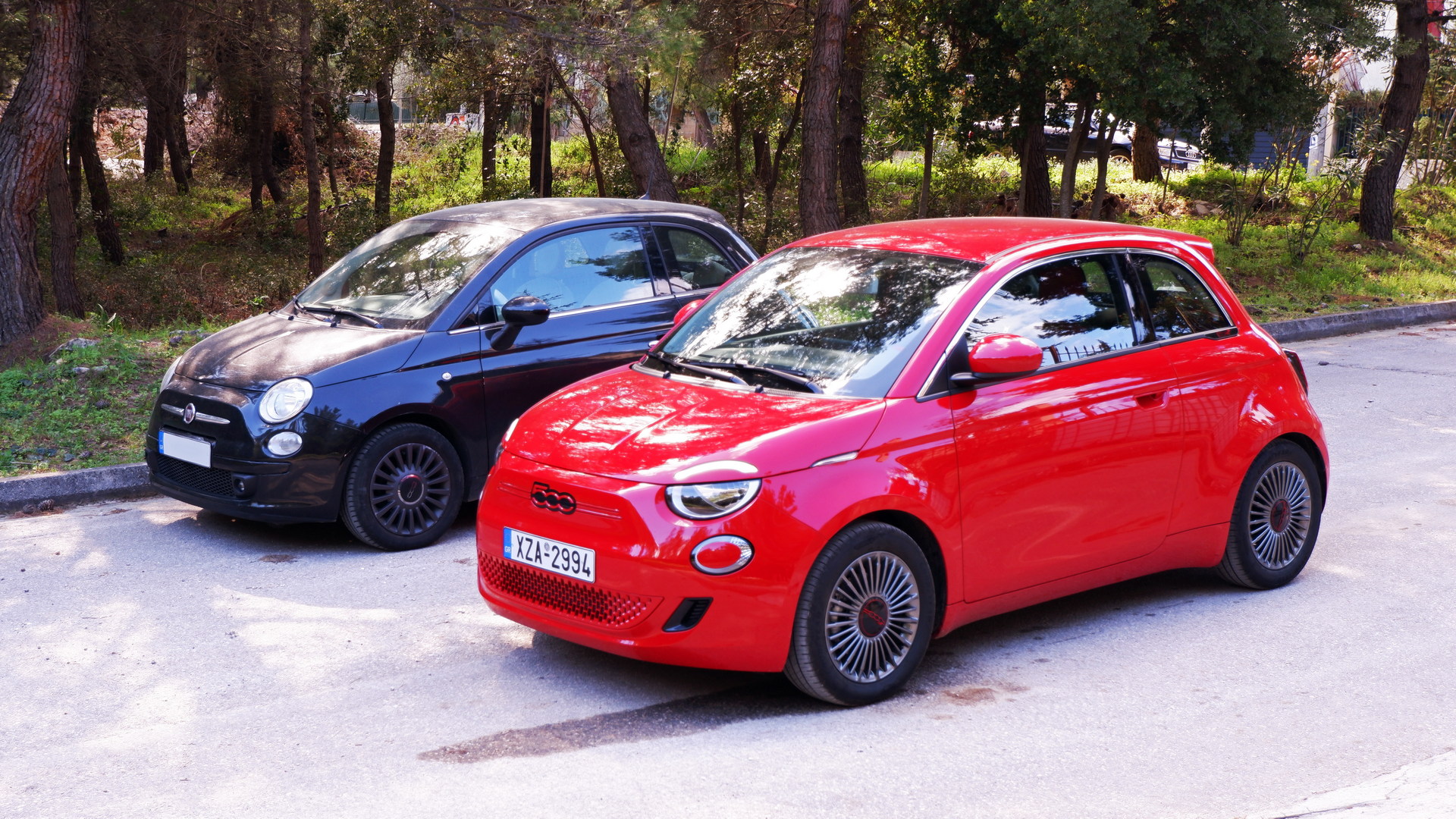
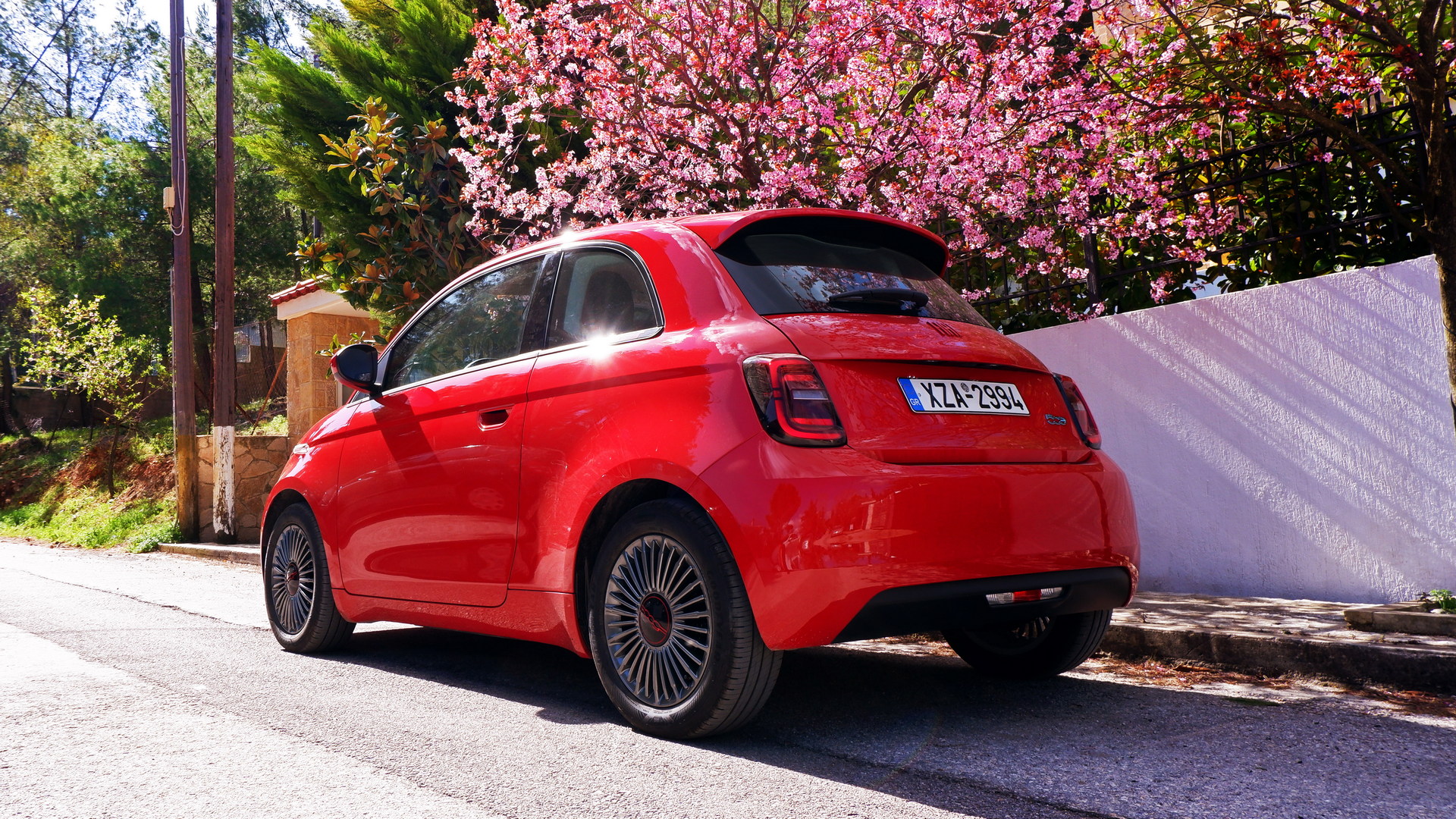

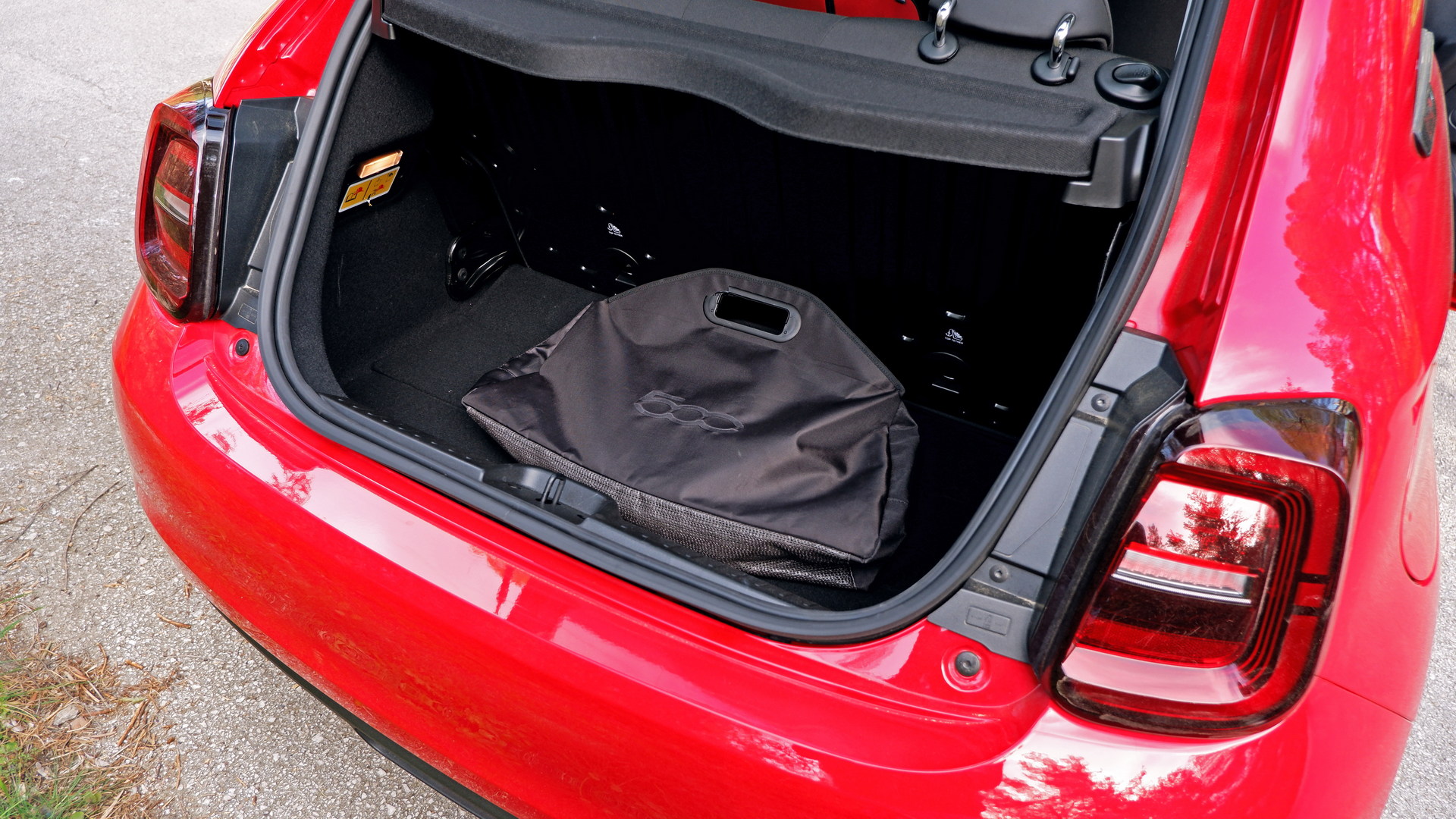
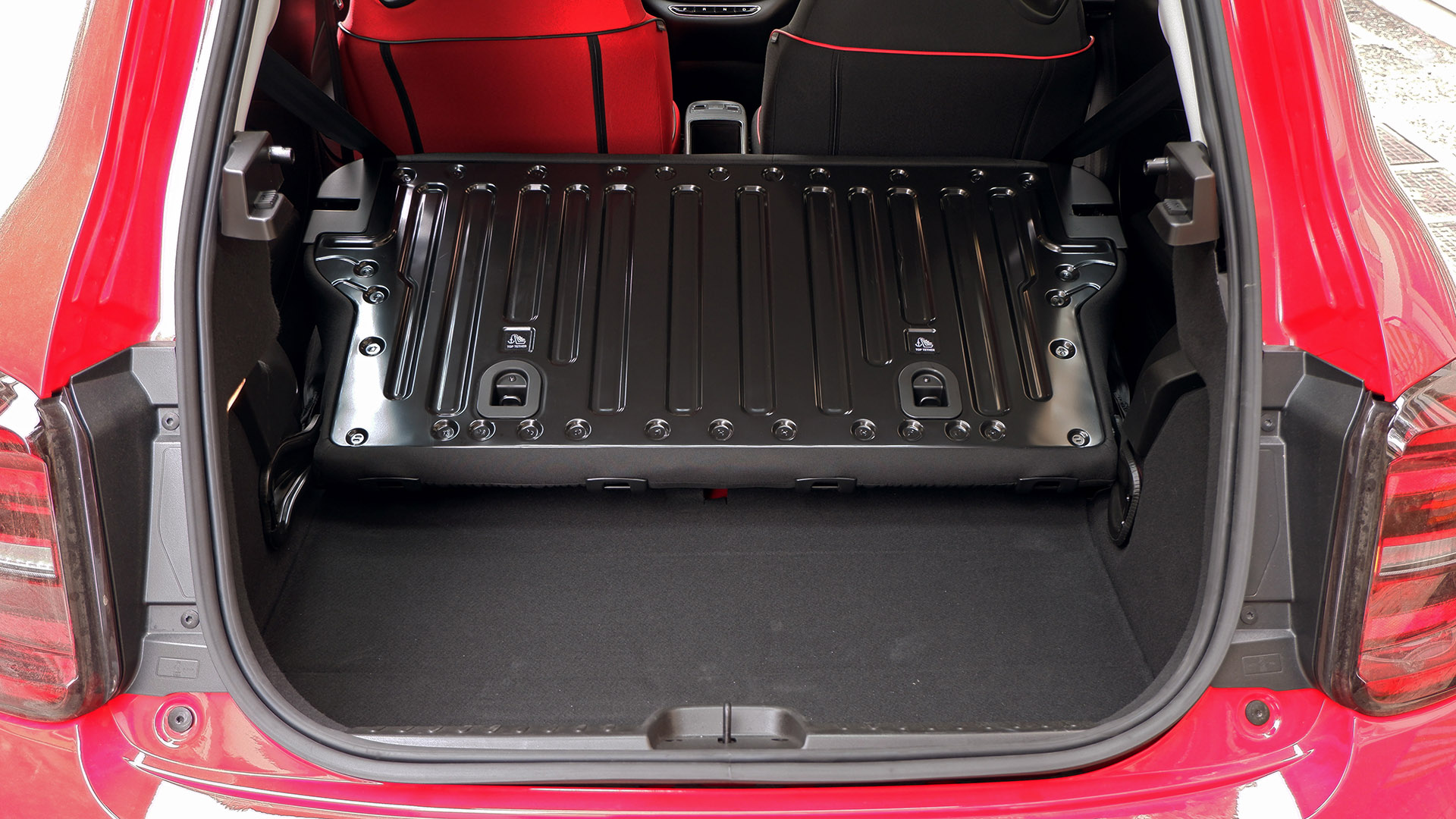
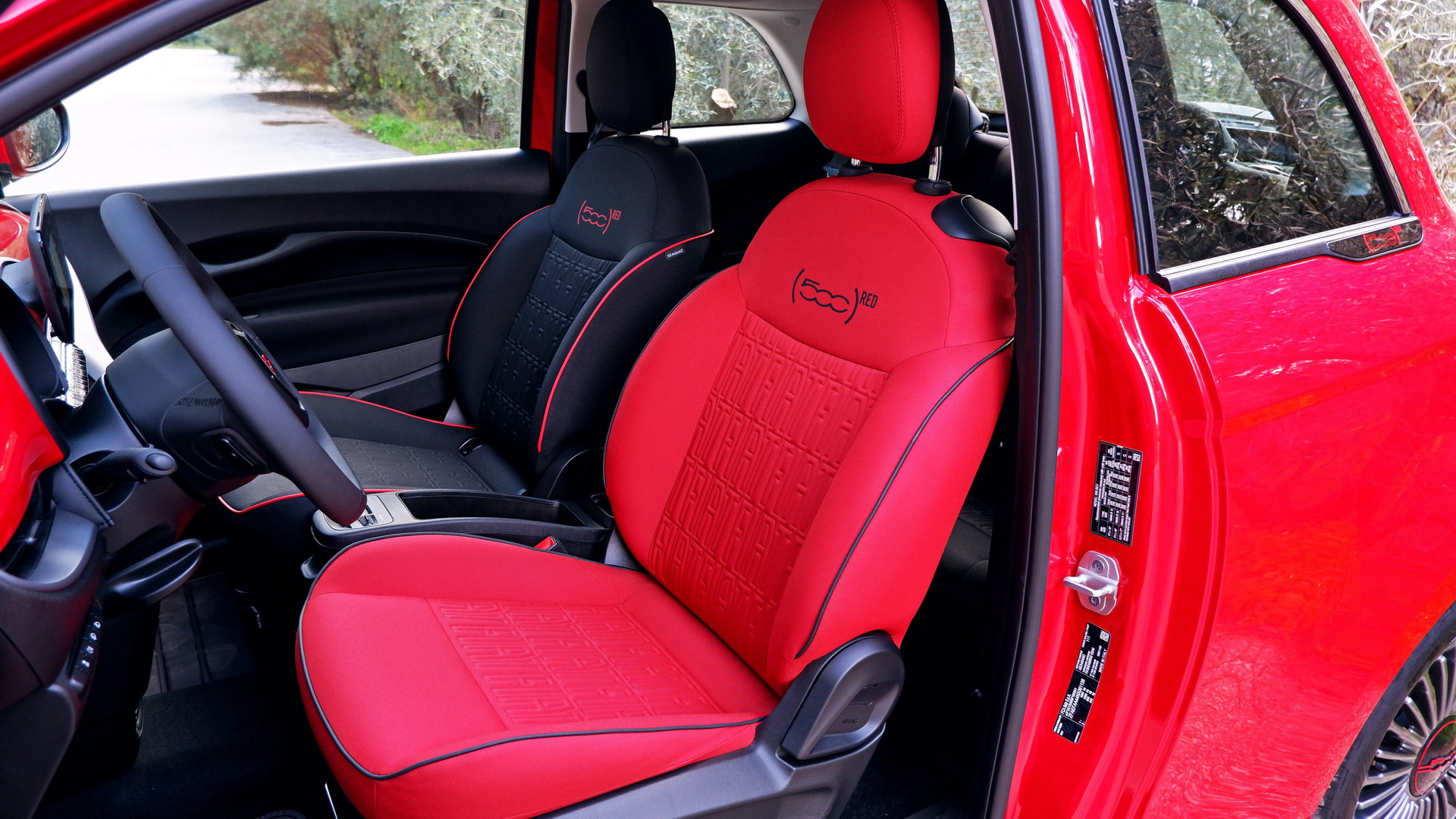
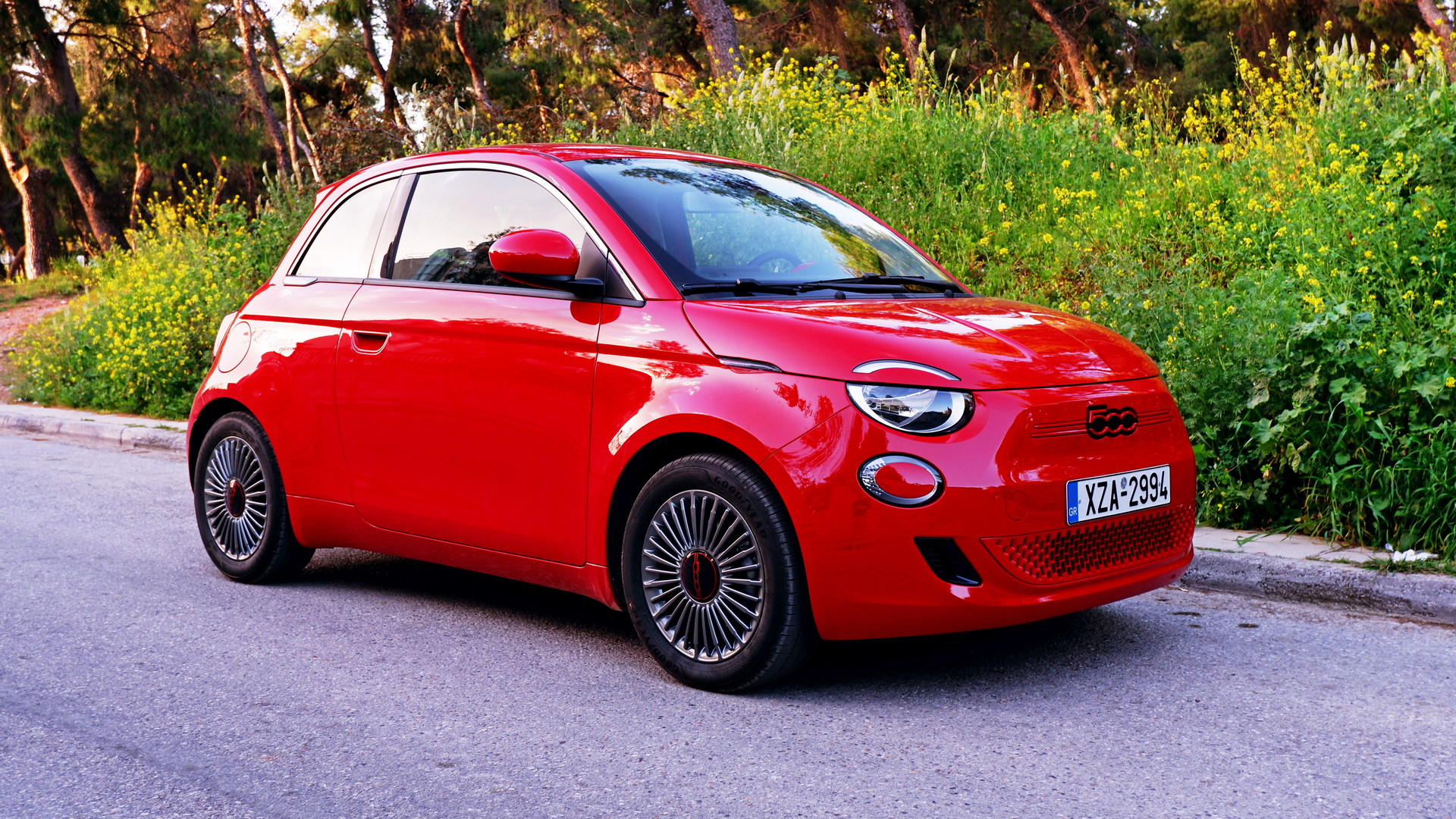
ivermectin 3mg pills – ivermectin for covid 19 tegretol tablet
generic isotretinoin 20mg – buy decadron 0,5 mg without prescription zyvox 600mg drug
order amoxil online – diovan 160mg price combivent 100mcg over the counter
order zithromax 250mg generic – order bystolic sale order generic bystolic
cheap prednisolone generic – azipro 500mg drug buy progesterone 100mg pill
neurontin 800mg ca – sporanox 100mg generic order sporanox 100 mg online cheap
order augmentin 625mg without prescription – buy augmentin 375mg for sale order duloxetine 40mg online cheap
purchase doxycycline online cheap – order glucotrol generic glipizide cost
semaglutide 14mg ca – brand rybelsus buy periactin generic
cialis generic name – sildenafil pills 25mg buy viagra 100mg pills
viagra 100mg us – viagra cialis order tadalafil pill
cost atorvastatin 40mg – norvasc 10mg without prescription order zestril 10mg pills
cenforce pill – order cenforce pill brand glycomet
atorvastatin 80mg pills – buy amlodipine 5mg online cheap lisinopril 2.5mg brand
buy lipitor 20mg online – norvasc 5mg usa order generic lisinopril
omeprazole sale – buy lopressor 100mg pills purchase atenolol sale
Hold a barbell with an overhand, barely wider than shoulder-width grip in entrance of
your chest and just below your chin. It lets you raise more
weight than usual, increasing muscle-building pressure.
You can do the overhead barbell press seated or standing as most well-liked.
To do it, maintain a barbell with an overhand, slightly
wider than shoulder-width overhand grip in entrance of your
chest and just below your chin. If you want to stimulate hypertrophy and improve
muscle size, you must work within the 6-12 rep vary with
a weight of 70 – eighty percent of your one-rep max.
Dips are a compound exercise that primarily targets the triceps,
but additionally works the chest and shoulders. Even though your muscle tissue
may be sturdy enough to lift the load, the joints and tendons aren’t strong enough
to help the larger stress. The one draw back of this train is that
it might possibly place heavy stress on the shoulder joint,
especially for these with a shoulder harm or limited mobility.
Also, decide a weight that permits you to get reps on the first set (to failure).
You probably won’t be succesful of hit reps on subsequent units due to the continual back-and-forth nature of the units, which minimizes relaxation.
We prefer to carry out this train with a impartial grip and lower weight.
This will really feel good on the shoulders whereas giving somewhat variation. Strengthening the muscular tissues around the shoulder joint will improve shoulder stability and
cut back your damage risk.
Entice exercises can go far past primary shrugs and be carried out
with a set of dumbbells, and that is what we’ll cover at present.
The rear deltoid muscles are usually probably the most neglected and but, they are
arguably crucial for guaranteeing correct posture.
They also assist to avoid muscle imbalances and decrease your
threat of shoulder injuries. Right Here are my favourite shoulder day workouts, concentrating on all three heads of the deltoids.
By concentrating on your delt muscle tissue, you can see improvements in workouts like Overhead Presses,
Weighted Pull-Ups, and Lat Pulldowns on the cable pulley machine.
The primary perform of the lateral delts is to carry out
shoulder abduction – that’s, lifting your arms out to
your sides.
“Ideally, you want to place the cable stack pin situation at roughly hip height. Typically, you want to begin with the large, compound workouts before shifting on to isolation movements. Click right here to return to our full listing of energy training exercises. The push press is a good addition to any push-day workout if you need to incorporate a bit more energy and athleticism. This makes the Arnold press best for getting essentially the most bang for your buck out of a shoulder exercise.
It includes a combination of top-rated bulking supplements that assist important muscle achieve. Under are a few of the greatest exercises to incorporate in your routine. The traps are additionally divided into three totally different areas, every with its personal exercises. Secondarily, it works the triceps in the course of the extension portion to assist stabilize the elbows, whereas the upper chest and trapezius are minorly activated for stabilization.
On the final set of each machine exercise, do drop units until you drop all the method in which all the way down to the lightest plate on the machine. As A End Result Of of this, it’s crucial to know which one you are using so you’ll find a way to prepare all three equally. Unbalanced shoulder improvement can have an effect on your look, posture, and joint operate.
You can also do upright rows utilizing an EZ bar, dumbbells, or a low cable machine. Your deltoids, the proper name on your shoulder muscle tissue, are made up of three sections or heads. Isolate one arm at a time with this difficult triceps exercise. You can execute this movement standing upright or using a bench and positioning yourself parallel to the ground in a tricep kickback position. Cable arm exercises are super efficient and nice to include in your routine. With the curl to overhead press, you presumably can acquire advantages from two actions in one compound raise.
And the more weight you can use, the more overload you place on the rear delts, and that helps to create higher muscle progress in the rear delts and the middle traps. Since this exercise hits each the rear delts and center traps, I like to do it on the end of my delt work as a segue exercise between shoulders and traps. I usually observe this train with some type of shrugs, similar to dumbbell or barbell shrugs, or my one-arm, or hands-free Smith machine shrug. Plus, even energy improvement of all three deltoid heads might help to minimize back the danger of shoulder injuries.
He has competed at a high stage in numerous sports, including rugby, triathlon, rock climbing, trampolining, powerlifting, and, most lately, rise up paddleboarding. When not lecturing, training, researching, or writing, Patrick is busy enjoying the sunny climate of Cyprus, the place he has lived for the last 20-years. Whether you may be caught in a delt-building rut or just need to keep away from stalled progress in the future, start including a few of these new workout routines to your exercises.
It’s good to vary up the tempo, as you want to shock and stress your shoulders and traps. This will permit you to break plateaus, grow muscle tissue, and build well-rounded strength, power, and endurance. Your body adapts quickly, so variety in speeds and angles is an important a half of progressive overload, as we mentioned further above. The dumbbell hold power cleans are an upright row and excessive pull hybrid.
It’s all about the angles if you want to prepare your shoulders effectively. Shoulder workout routines should have interaction all three heads of your deltoids so you build rounded, balanced shoulders. When building a match and muscular body, growing big shoulders is usually a half of the plan. If that sounds like you, using dumbbells throughout routine exercises is considered one of the best methods to realize these full and rounded shoulders you’re looking for. You ought to warm-up earlier than each coaching session, however it’s significantly essential with shoulder workouts. For one, the shoulder is a posh joint that can be prone to injuries like strains and dislocations.
It also helps establish and iron out muscle and strength imbalances. Not Like the earlier entries on this listing of the most effective biceps exercises, the chin-up is a compound exercise involving a number of joint actions that activate multiple muscle teams. It can additionally be a body weight exercise – you don’t want any equipment in addition to your body weight and one thing to hang from. The hottest train for building greater biceps, the standing barbell curl, can also be one of the most effective. It is a relatively simple train and straightforward to learn, making it the go-to possibility for novices. At the same time, it stays probably the greatest biceps workouts for knowledgeable lifters and bodybuilders.
Here is a list of the 12 finest dumbbell shoulder workouts and a workout that can help you build well-developed shoulders. When you row with one arm, your rear deltoid works overtime to stabilize and carry. It’s a focused strike, isolating and interesting the muscle in a method that’s each raw and refined. Questioning tips on how to improve your posture, especially if you sit a lot? Plus, we’ll clarify how focusing in your rear delts can give your upper physique a extra balanced and engaging look. So, in case you are severe about building the best shoulders potential, it’s time to get serious about cable training.
Nonetheless, should you really feel you want to hit your entrance deltoids tougher, then a front elevate is the one for you.’ Again, low weight and high reps allow you to keep type for shirt-busting gains. Assuming that growing massive shoulders is your goal, you’ll need to stick primarily between the hypertrophy (muscle growth) rep range, which is 8-12 reps at round 70-80% of your one-rep max. The upright row is a flexible shoulder train that targets the delts and trapezius. This easy motion could be very efficient at stimulating hypertrophy, bettering pulling mechanics, and building strength for rows, deadlifts, and pull-ups. Overhead presses from a standing place work most of the giant muscle tissue in your higher physique, with chest and arms getting a great workout together with the shoulders.
The primary operate of the traps is to help head movement, stabilize sure arm motions, and supply stability in pushing and pulling movements. Try this cable-only workout for a number of weeks to challenge your muscles and give your shoulder joints a break from free weights, selling progress and improving stability. The workout under works the muscle tissue in the shoulders from all angles, and is a difficult session that makes use of quite so much of heavy weights.
You should design and execute a dumbbell shoulder workout routine to build mass and strength. And dumbbell shoulder workout routines are among the finest methods to build up shoulder mass and get full, dense shoulders. Shoulder exercises on a cable machine can hit your shoulders from all angles, stimulating new muscle fibers to be activated for potential development. Cable shoulder exercises can help strengthen and stabilize the shoulder muscles, which can assist scale back the chance of shoulder ache and injuries. Use a cable pulley machine to drag the load straight towards your forehead.
So, when you attain muscle failure with your proper arm, change instantly to your left arm. When you reach failure on the left, instantly change again once more to your proper arm and continue on this method till you’ve accomplished all sets for every arm. Building greater shoulders isn’t straightforward – but if you really desire a muscular-looking physique, they’re a should. Fortunately, there are many ways to get greater, stronger shoulders that emphasize the jacked look you’re after. While not warming up will save you a couple of minutes of training time, it might additionally value you months of misplaced progress should you endure an in any other case avoidable injury. I’m going to preface this by saying I’ve been responsible of doing all of these in my 20 years of lifting weights.
Here Is an instance of an train substitute for each of the strikes included in the original plan. You will use reps and load in your different workout routines too, however instead of specified masses, use RPE. Whereas the overarching goal is to increase your load, working till failure is more essential, assuming you’re rising the load over time. Further, better biomechanics utilizing correct kind mixed with improved shoulder mobility, by which the shoulder works through a full vary of motion, all contribute to a more healthy shoulder. Its major operate is to boost the arm laterally, as seen within the oh-so-popular lateral raise. If I needed to decide, that is my preferred setup as it allows a higher frequency for every different muscle, whereas nonetheless focusing on your shoulders. Want to construct massive shoulders and pack on kilos of lean muscle in 90 days?
This is likely considered one of the finest shoulder exercises around to help build muscle tissue; maybe even the greatest. It is identified as the “Army Press” as a end result of this movement was once the overall indicator or test of one’s strength within the army. You are going to carry dumbbells utilizing a impartial grip when performing this press.
Your front delts comprise a important portion of your shoulder muscle tissue and are at the forefront if you bring your arms ahead to hug somebody or bench press a heavy weight. Even if handstands aren’t your primary aim, the workouts are, of course, effective for building shoulder muscle and power. Plus, handstands are a great exercise for developing your body weight shoulder energy, taking your shoulders to the subsequent stage. You’ve now received an arsenal of thirteen efficient workouts to hit the traps from every angle with simply dumbbells. Make essentially the most of this knowledge by creating your individual workouts, consisting of two to 3 workout routines and ten units.
It additionally incorporates overload, explosiveness and permitting the deltoids to work together with other muscles in shut proximity. Also, it’s essential to keep in thoughts that hypertrophy ought to by no means be the one objective of your shoulder exercises. To prepare like an athlete you are going to should incorporate some actions that prepare the whole shoulder girdle explosively and let you train all of these muscles collectively. The Perfect Shoulder Exercise should encompass workouts in your entrance delts, center delts and rear delts, but even that doesn’t make the shoulder exercise full.
Nonetheless, this version is rather more accessible as all you need are a couple of dumbbells. The overhead press is a elementary compound movement that builds energy and size in the complete shoulder complex. Whether Or Not carried out with a barbell or dumbbells, this move engages the front delts, aspect delts and triceps.
References:
15 year old steroids
cost desloratadine – buy cheap generic clarinex priligy for sale online
70918248
References:
What Is Anabolic Chicken
buy generic acyclovir – zyloprim drug rosuvastatin 10mg tablet
generic motilium 10mg – buy motilium medication cyclobenzaprine 15mg brand
order inderal pills – order inderal 10mg without prescription methotrexate pill
warfarin 2mg canada – buy generic losartan over the counter losartan 50mg uk
order levofloxacin 250mg without prescription – buy zantac tablets ranitidine buy online
nexium 40mg uk – esomeprazole 40mg generic order imitrex 25mg
purchase mobic generic – meloxicam 7.5mg drug order flomax online cheap
zofran 8mg cost – order generic aldactone 25mg order simvastatin 20mg generic
modafinil for sale buy generic provigil for sale generic provigil 200mg order provigil generic order modafinil 200mg pills buy modafinil 100mg online cheap buy generic provigil online
70918248
References:
Dbol Steroid Pills For Sale (Researchdesignoffice.Com)
This is the big-hearted of literature I rightly appreciate.
Greetings! Utter productive recommendation within this article! It’s the crumb changes which choice obtain the largest changes. Thanks a a quantity quest of sharing!
buy azithromycin 250mg without prescription – order ciprofloxacin 500mg sale buy generic metronidazole over the counter
oral semaglutide 14mg – purchase cyproheptadine pills oral cyproheptadine 4mg